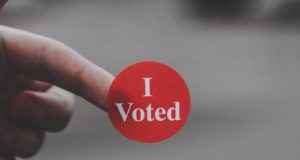BEWARE: Early Voting
The media are hungry for predictions ahead of midterms, and they have their sights set on early voting. But as we’ve warned (here and here), making a prediction leads nowhere good. The safe play is to answer the prediction question by pivoting to what’s more important.

Here’s what we mean:
Q: Voter turnout for early voting is high at 8.1 million and counting, with more Republicans casting ballots than Democrats. Does this mean the “blue wave” is receding?
A: “The high voter turnout is interesting, but it’s too early to make a prediction about results and the “blue wave.” No matter which party controls Congress post-midterms, the issue we need to focus on is <insert talking point>.”
Acknowledge the high voter turnout but refuse to make a prediction. The more substantive answer will pivot to a pressing policy issue. And if they push you to make a prediction, push back by explaining that early voting numbers don’t give us the data we need to make an accurate prediction. Sure, it’s interesting that a lot of people have turned out, and that a larger number of Republicans have cast votes, but there is no guarantee that a registered Republican voted for Republicans.
EXCEPTION: If you’re working on a campaign, you have to predict that your candidate will win. No matter how unlikely it seems, a victory is always the right (and expected) prediction.




